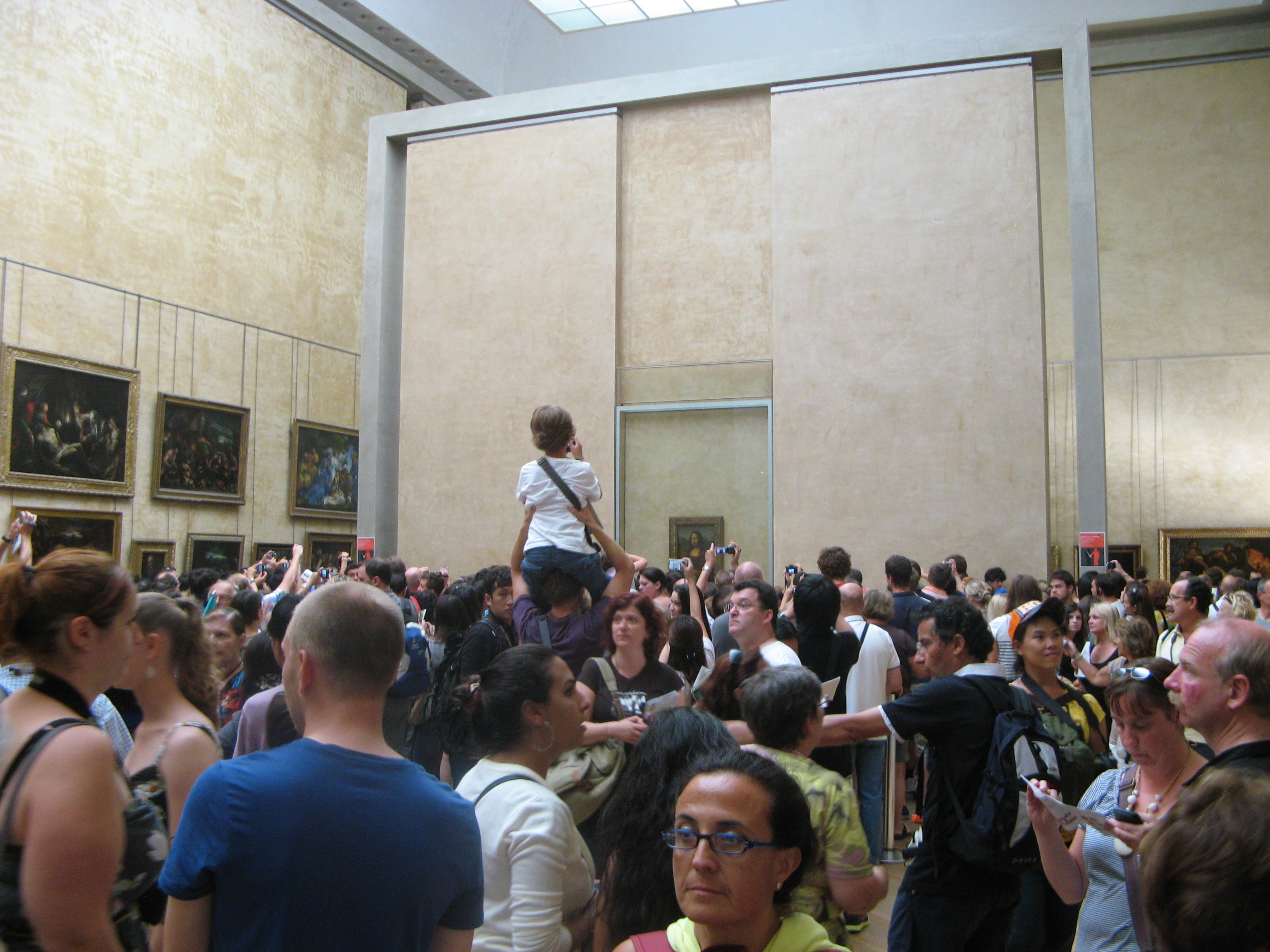
Mona Who?
Early on the morning of August 21st 1911 a maintenance worker at Paris’ Louvre museum opened a locked door for one Vincenzo Perruggia, releasing him onto the bustling streets of the French capital. Little did the worker know, Perruggia walked away with more than just a spring in his step – concealed under his regulation smock was the Mona Lisa, now one of the most valuable paintings in existence. The theft changed the face of the art world and ensured that if that world was to have only one face it would be that of Da Vinci’s half-smiling muse.
To say that ‘La Joconde’, as the French know her, was not well known prior to the theft would be misleading – she was the only painting at the Louvre to have its own mailbox, such was the influx of love letters addressed to her – but this fame was nothing in comparison to what followed.
If someone wanted to view a painting in 1911 the only real way to do so was by physically going and seeing it. The theft of the Mona Lisa changed all that. To see her face all anyone had to do was glance at a newspaper, a magazine or one of the many novelty items that developed in the wake of the theft. The painting gained widespread publicity as coverage of the crime gained momentum and entered popular culture – La Joconde became an international celebrity.
When the Louvre reopened to the public a week after the theft there were queues for the first time in its history. Thousands, including a young Franz Kafka, came to view the empty space where the painting had been hanging, only four wall hooks betraying her absence.
Not only did La Joconde quickly become the most viewed face in art, she also became the most written about. The New York Times article covering the theft described her as “the finest picture in existence” and the degree of hyperbole only increased alongside the weight of writing on her. Critics swooned over her mesmerising smile, referred to ‘her’ rather than ‘it’ and described how her eyes would follow an admirer around the room. There were a few dissenting voices noting that some of these effects were not unique to La Joconde but they were very much in the minority.
It was not for her beauty that Perruggia chose her but for her size. At only barely over seventy centimetres tall, La Joconde was one of the smallest paintings in the gallery – something Perruggia knew as he had been commissioned to build a glass frame for her earlier that year. Perruggia’s plan to smuggle his prize out of the Louvre under his smock meant the larger paintings were off the menu.
La Joconde “left the Louvre a work of art … she returned an icon.”
Was it this chance decision that propelled the Mona Lisa to fame? There is no doubting that it is an exceptional painting – even before the theft, one man was driven to commit suicide in front of it, hardly a common response to an average painting. Did the theft give rise to the legend, though? R.A. Scotti, in her recent book on the subject, asserts that La Joconde “left the Louvre a work of art … she returned an icon.” The theft made La Joconde the most publicised work of art in history and the subsequent entry into popular culture made her the toast of those at the bottom as well as the top of the cultural hierarchy.
Without Perruggia it is tempting to ask whether one might enjoy a more private audience with La Joconde than the sweaty, hurried viewing available in a packed out room in the modern day Louvre. As you gaze upon that most famous of faces perhaps a thought should be spared for the small Italian thief, forgotten by history, who may have brought the crowds but probably also brought you.







